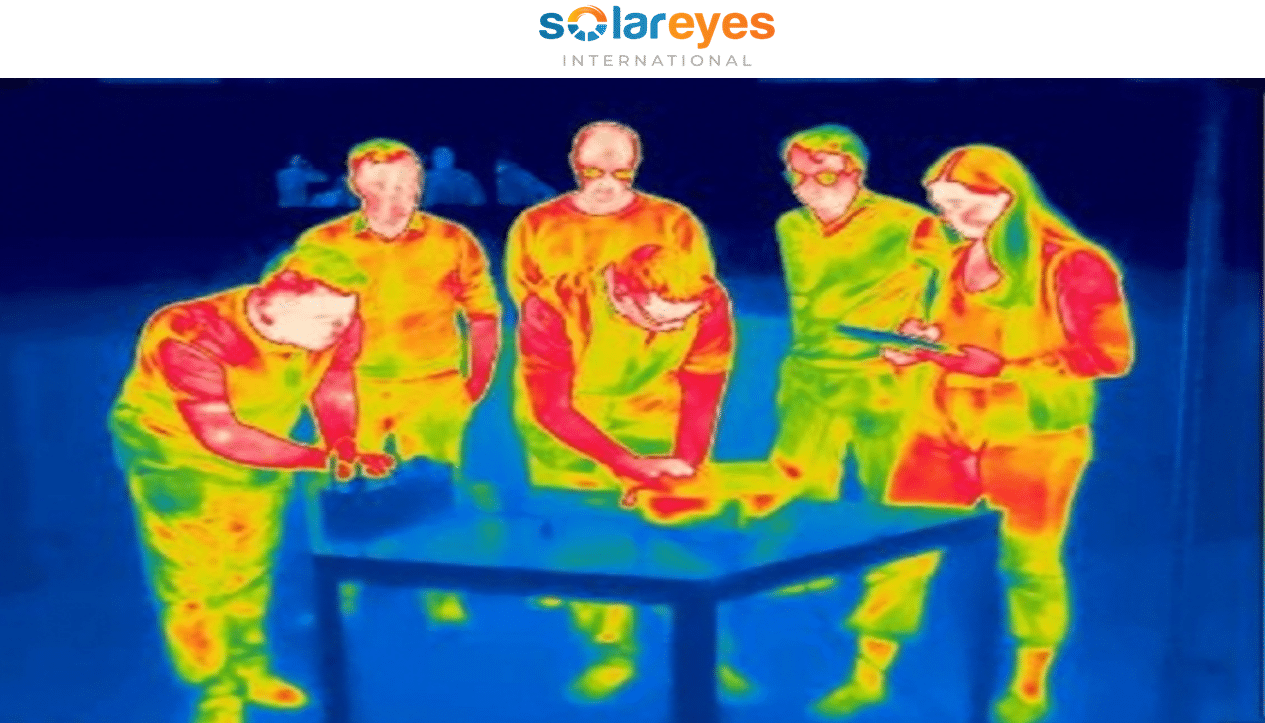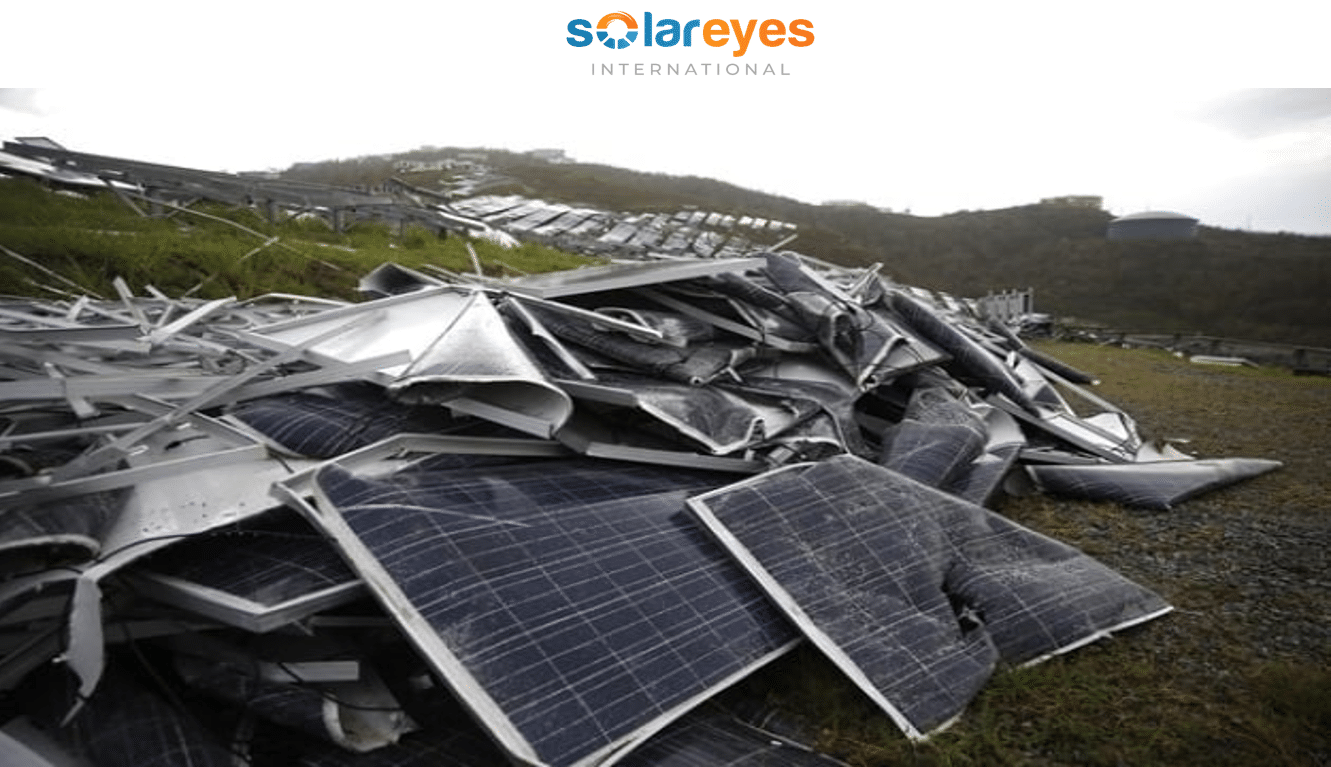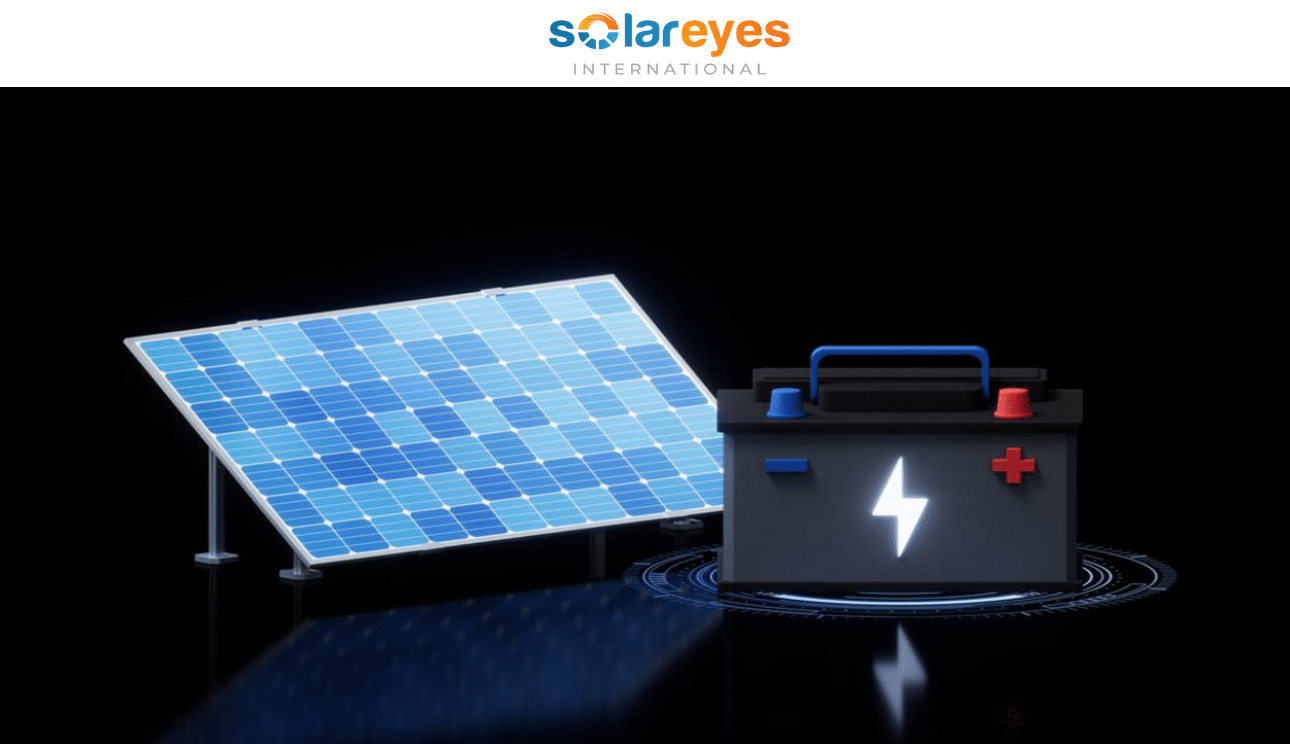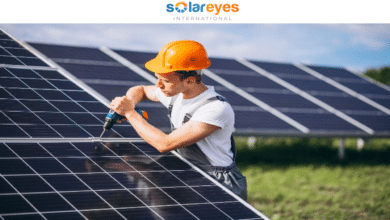Bifacial PV Modules: What they are, Challenges and Opportunities
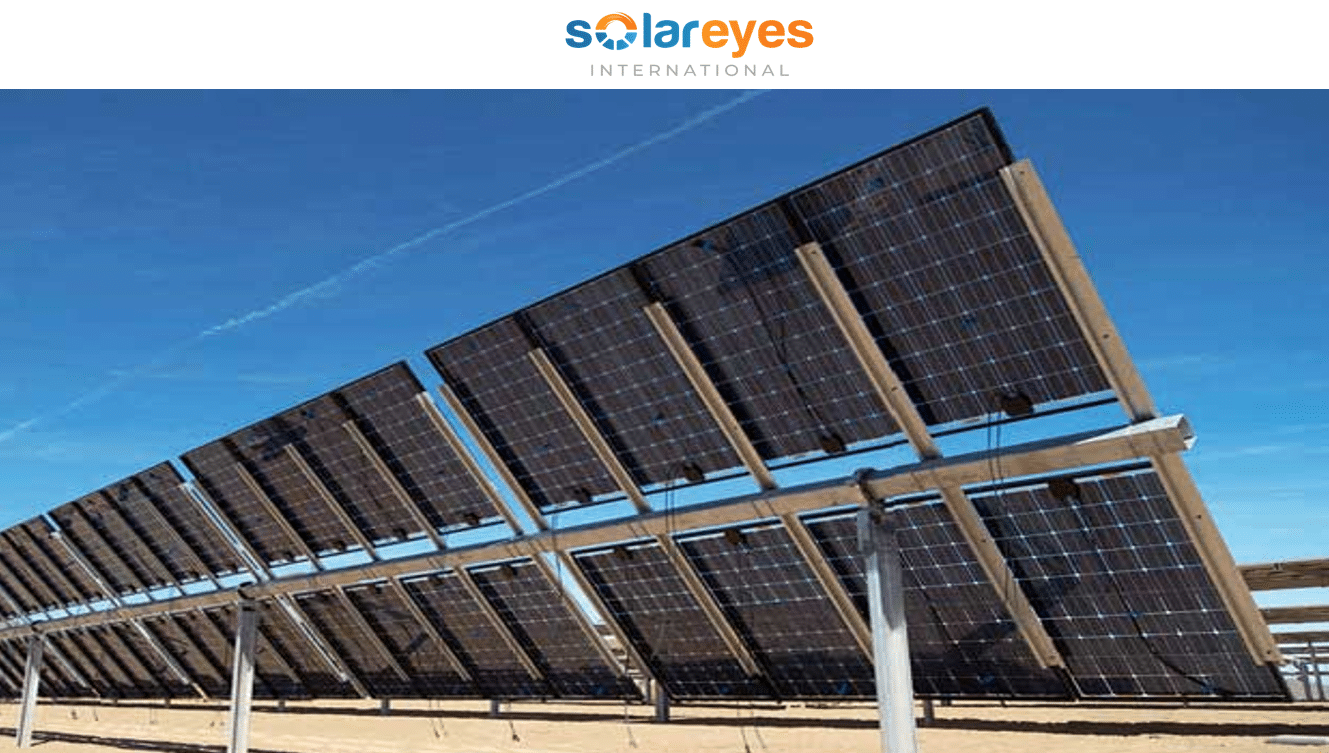
Solar energy is gaining popularity as a clean and sustainable alternative to traditional sources of electricity. Photovoltaic (PV) modules are at the heart of solar technology, converting sunlight into electrical energy. Among the various types of PV modules available, bifacial PV modules have emerged as a promising innovation. Below, we will delve into what bifacial PV modules are, explore the challenges associated with their implementation, and discuss the exciting opportunities they present for the solar industry.
What are Bifacial PV Modules?
Traditional PV modules capture sunlight from only one side, typically the front, and convert it into electricity. In contrast, bifacial PV modules have the ability to generate energy from both the front and the back surfaces. This double-sided generation capability allows bifacial modules to capture reflected sunlight, which significantly enhances their overall energy output.
Bifacial PV modules are constructed with a transparent backsheet or glass on the rear side, which allows sunlight to penetrate and reach the rear surface of the module. This design enables the modules to capture sunlight reflected from the ground, surrounding structures, or even the module’s own front surface.
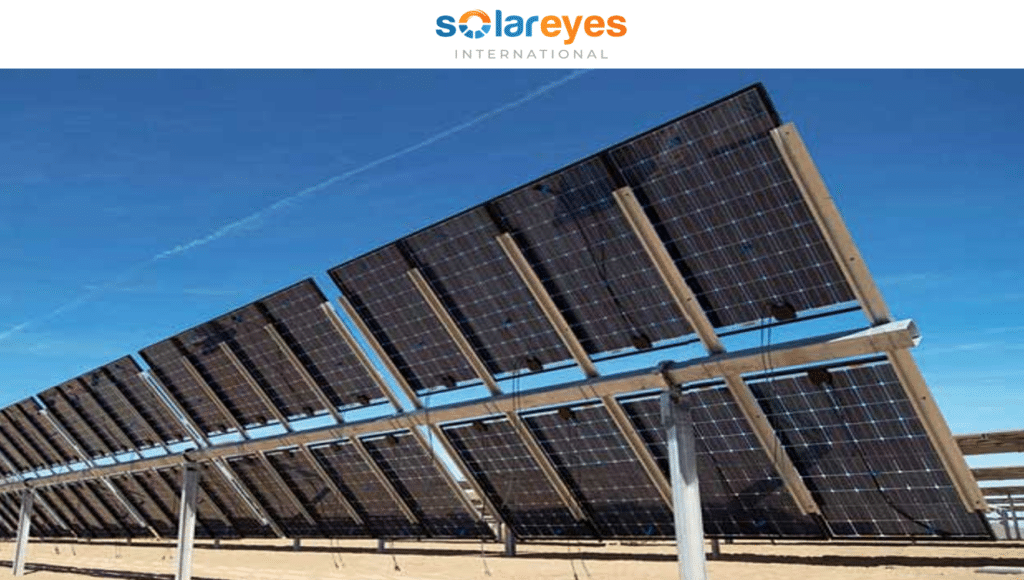
Challenges of Bifacial PV Module Implementation
Despite their potential benefits, the widespread adoption of bifacial PV modules has faced some challenges. One of the primary obstacles is the measurement and prediction of their performance accurately.
Perovskite solar-cells: Revolutionizing the future of solar technology
Traditionally, PV modules’ performance is assessed using standardized tests that simulate solar irradiation from the front side only. However, this approach neglects the additional energy generated by the rear side of bifacial modules. As a result, measuring the real energy output of bifacial modules becomes more challenging, requiring specialized testing methods and equipment.
Furthermore, the installation and design of bifacial PV modules also present challenges. In fixed-tilt systems, bifacial modules need elevated mounting structures to allow for the desired light penetration from underneath. This elevated mounting solution is essential to maximize rear-side energy generation. However, it adds complexity and cost to the installation process, making it less attractive for some projects.
Opportunities for Bifacial PV Modules
Despite these challenges, bifacial PV modules offer several exciting opportunities for the solar industry. One of the most significant advantages is their potential for increased energy production. Studies have shown that bifacial modules can generate up to 30% more electricity than conventional monofacial modules in some conditions.
This additional energy output presents opportunities for enhanced economic viability and improved return on investment for solar projects. With their ability to generate more electricity from the same land area, bifacial modules can reduce the levelized cost of electricity (LCOE) and make solar energy even more competitive with fossil fuels.
All You Need To Know About Solar Fires: Causes and Preventative Measures
Moreover, bifacial modules can be particularly beneficial in certain environments. For example, in regions with snow-covered landscapes, the reflective properties of snow can significantly increase the rear-side energy generation of bifacial modules, compensating for reduced front-side irradiation. Similarly, in desert regions, where the surroundings are often sand or light-colored soil, the reflected light can contribute to higher energy gains from the rear side of the modules.
Another opportunity lies in the integration of bifacial modules into building designs. Bifacial PV modules can be seamlessly incorporated into vertical surfaces such as windows, curtain walls, or facades, enabling solar generation in spaces that were previously underutilized. This architectural integration has the potential to transform buildings into self-sufficient energy producers while maintaining aesthetics.
In addition, bifacial modules can be combined with tracking systems that optimize their energy generation by following the sun’s movement throughout the day. Single-axis or dual-axis tracking systems can ensure that bifacial modules are always positioned optimally to capture the most sunlight. This integration maximizes their energy output potential even further and increases the return on investment.
Conclusion
Bifacial PV modules represent a remarkable advancement in solar technology. Their ability to generate electricity from both the front and back surfaces opens up new possibilities for increased energy production and improved economics of solar projects. While challenges such as accurate measurement and installation complexity exist, the opportunities presented by bifacial modules are too compelling to ignore.
As the solar industry continues to advance and innovate, bifacial PV modules are likely to play a significant role, transforming the way we harness solar energy. With ongoing research and development, improved testing methods, and optimized installation practices, the challenges associated with bifacial modules can be addressed, making them a viable option for a wide range of solar applications. By embracing this technology, we can accelerate the transition towards a cleaner and more sustainable energy future.
FOLLOW US ON SOCIAL MEDIA
Follow us on LINKEDIN, FACEBOOK, TELEGRAM GROUP and WHATSAPP.
*** ALSO CHECK: HOW TO SIZE A SOLAR SYSTEM – 5 clear steps anyone can follow
HOW TO START A SOLAR COMPANY – do these 6 things and make money through solar
How to Identify Fake Solar Products
SOLAR PANEL LOSSES: All you Need to Know + Tips on how to avoid them
Top 10 Most Paying Renewable Energy Jobs for 2023: Get yourself a winning profile


